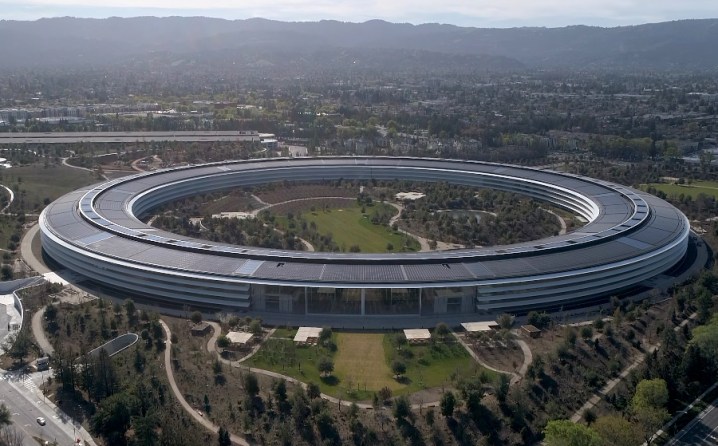
Tens of thousands of the world’s brightest technology developers could be heading to Northern Virginia in the next few years, as two of the world’s largest tech companies are said to be considering building their next facilities there. Amazon previously suggested the territory was in its top 20 choices for building a new 50,000-employee second headquarters, and Apple is also rumored to be considering the area for a 20,000-employee campus.
The last Apple campus to break ground was its long-in-development Apple Park. Dubbed by many as the “Spaceship,” the gargantuan structure in Cupertino, California, houses some 12,000 Apple employees and cost as much as $5 billion to build. The rumored new campus Apple is said to be considering in Northern Virginia could be even larger, supporting as many as 20,000 Apple employees. Many of the first new hires at the facility will be call center workers.
Economic development officials are said to have proposed several potential sites for the facility, which could stretch to as much as 4 million square feet — almost half again as large as Apple Park. The Washington Post claims that there are several proposed sites for the new campus, though they may also be under consideration by Amazon, which is considering its own 50,000-person facility in the state.
Amazon’s own development plans have been known for a little while longer, though they hasn’t been quite as specific. Northern Virginia is just one of 20 proposed sites for its new facility, which will act as the online sales giant’s second headquarters. Although it has many competitors, Northern Virginia has three separate developmental sites selected as finalists in Amazon’s consideration, so it’s one of the front-runners.
However, Virginia certainly already has some stiff competition. Business Insider claims that Apple is also very interested in the potential of North Carolina’s Research Triangle region. Apple CEO Tim Cook reportedly met with North Carolina governor Roy Cooper and state commerce secretary Tony Copeland, earlier this month to discuss the matter. And now, the latest report from local North Carolina station WRAL purports that Research Triangle Park is “a done deal” should the state approve tax incentives for the tech giant — and they’re quite substantial.
This would be well worth it, North Carolina believes, as Apple would be investing somewhere between $1.5 billion and $2 billion in the state, and would bring jobs that pay an average of $130,000 a year. One government source said this is “by far the biggest project this state’s ever seen as far as average salaries … [and] number of jobs.”
Although neither Amazon nor Apple has made any concrete decision about their new facilities, the two are going about it in different ways. Where Amazon has been overt with its plans, leading to many public subsidy offers from states, and some protests from local residents, Apple is being far more secretive and has only promised to announce new plans for its future investment in U.S. facilities later this year.
Updated on May 17: Added rumors that the new Apple campus in North Carolina could be a “done deal” if taxes are agreed upon.


